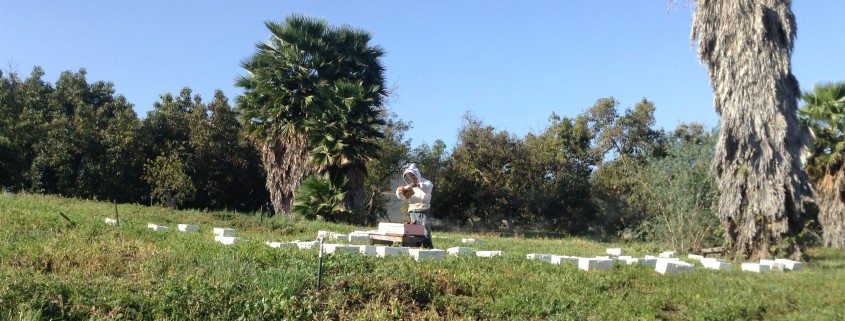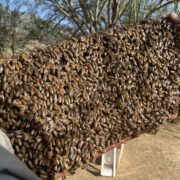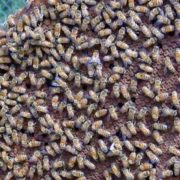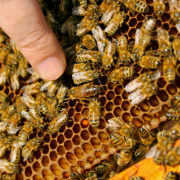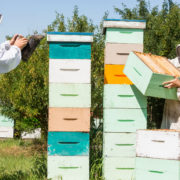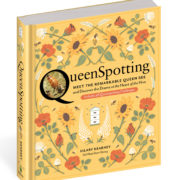To Find A Queen Bee
Finding a lone queen bee in a large booming beehive of possibly a hundred thousand bees can be a challenge of epic proportions. Even in a small colony, the queen sometimes seems to be nowhere to be found. The good news is that the vast majority of beekeeping does not require a direct search for a queen. Most beekeepers learn to read the condition of a queen by focusing on her brood and its distribution, rather than by searching for the queen directly.
Occasionally however, when it is time to replace her, a queen bee needs to be found. In our queen bee rearing yards we typically search for queens all day long. After a while, our beekeepers quickly learn the essential tricks of the trade:
- It is a time saver – in the long run – to immediately check the lid as soon as it is opened
- It is best to first remove a side frame to clear space for handling the other frames
- The percentage play is the middle of brood nest, so it is more efficient to work from the inside out
- The less smoke the better, since smoke makes the bees (and the queen) scatter from the high probability zone
- As a frame is being pulled, quickly scan the sides of the frames next to the one being removed; sometimes this is a quick find
- It is best to start from the outside of the frame working to the center so the queen doesn’t sneak away from the scope of vision
- The pros look for the shape of the queen rather than the mark
- The distinctive pattern of a queen with workers surrounding her in a circle is an instant give-away, and is usually as easy to find as the queen herself
- For large colonies with multiple stories, it is a time-saver to insert a queen excluder between the boxes four days before searching. Four days later the queen will be isolated in the box that contains newly laid eggs

